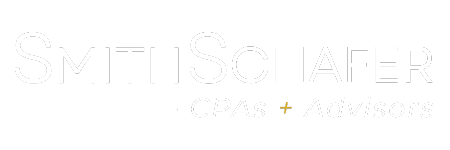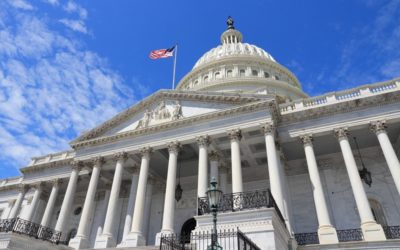Retirement Plan Case Study
Retirement Plan Questions.
Unsure of which plan was the best fit for their company.
Smith Schafer Approach
A client came to us looking for help in establishing a RETIREMENT PLAN for his business. His company has 40 part-time employees and only three full-time employees, two of which are he and his wife. He asked about the company’s best retirement plan options and himself as an employee saving for retirement.
We discussed a few different retirement plan options with our client. The 401(k) plan is the most well-known, but it is also the most costly since there are additional administrative requirements to set up and maintain the plan. A SEP plan is much easier to set up and operate, and the administrative costs are low, but only the employer can contribute to a SEP plan. Also, the employer is required to contribute equally to all employees.
After some discussion, we recommended this business establish a SIMPLE plan. SIMPLE plans do not have the start-up and operating costs of a conventional retirement plan, so they are more economical for a small business. These plans allow employees to contribute, shifting the company’s responsibility for retirement planning to the employee. The company is required to make contributions to a SIMPLE plan, but there are two options available:
- Match employee contributions up to 3 percent
- Make a nonelective 2 percent contribution for all employees
Results
Our client agreed with our recommendation to start a SIMPLE plan. He felt this gave employees, including him, the most flexibility in saving for retirement and the most cost-effective solution for his business.
Related Posts
SECURE Act 2.0 – Provisions Impacting Employers
The SECURE Act 2.0 was signed into law by President Biden on December 29, 2022. Included as part of the Consolidated Appropriations Act of 2023, it provides additional retirement savings reforms designed to expand access to and increase participation in workplace retirement plans
How Will the SECURE Act 2.0 Impact Individuals?
The SECURE Act 2.0, was signed into law on December 29, 2022. The legislation calls for several changes, including an increase in the RMD age, distributions for federally declared disasters, early distributions for terminal illnesses, and changes to catch-up contribution rules.
Retirement Plan Options for Professional Service Firms
The pandemic had a significant impact on Minnesota businesses. The combination of forced business closures, new employee safety standards along with supply chain disruptions and sharp increase in materials costs made it very difficult.



